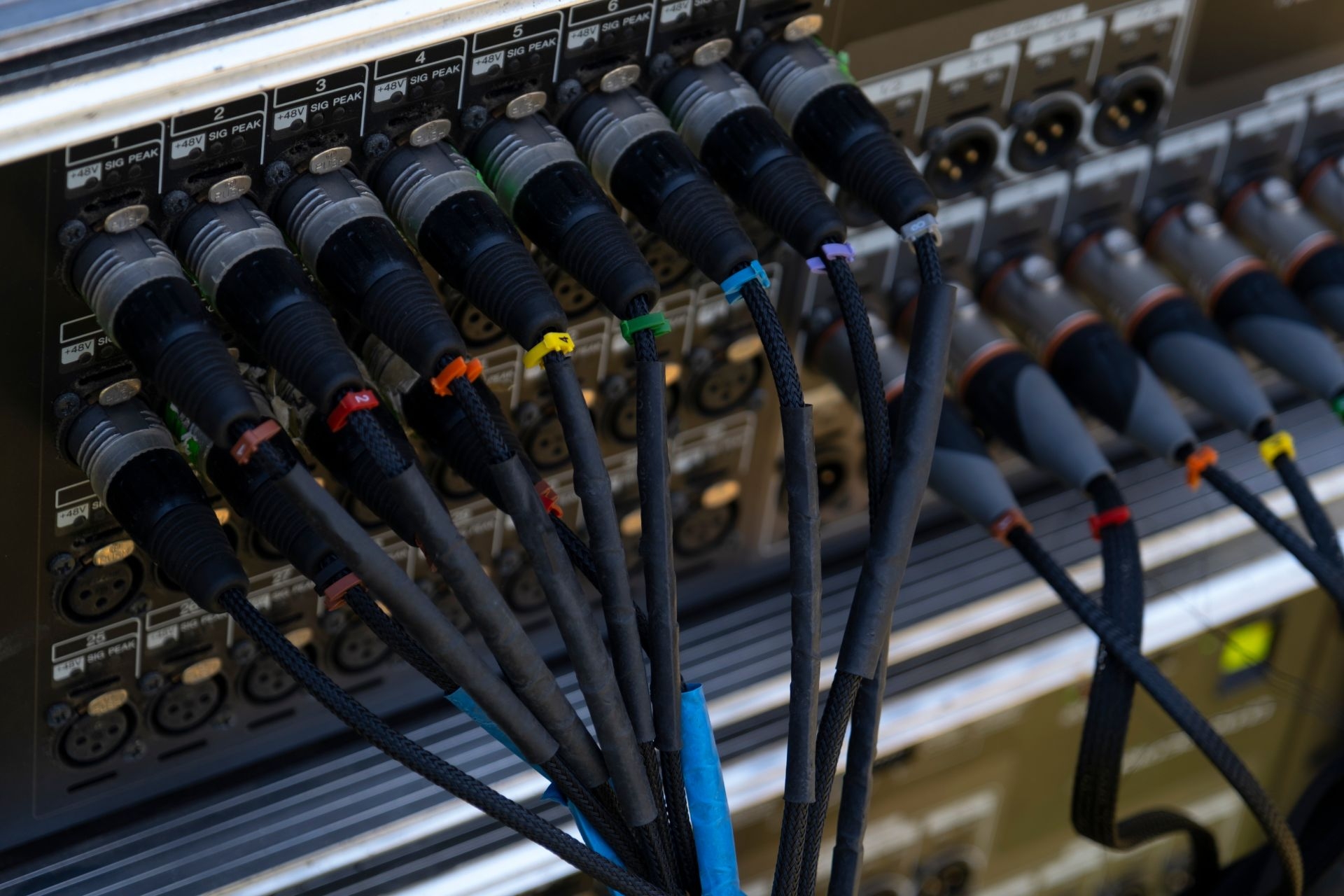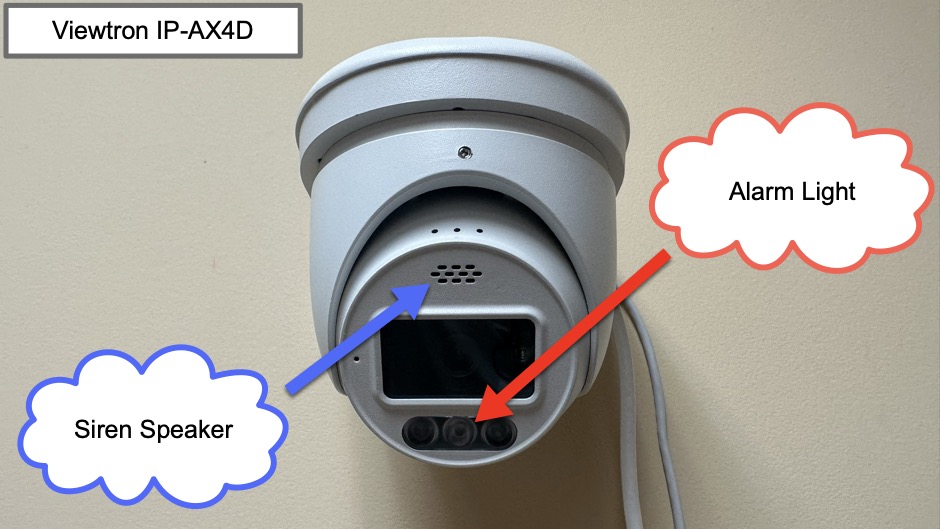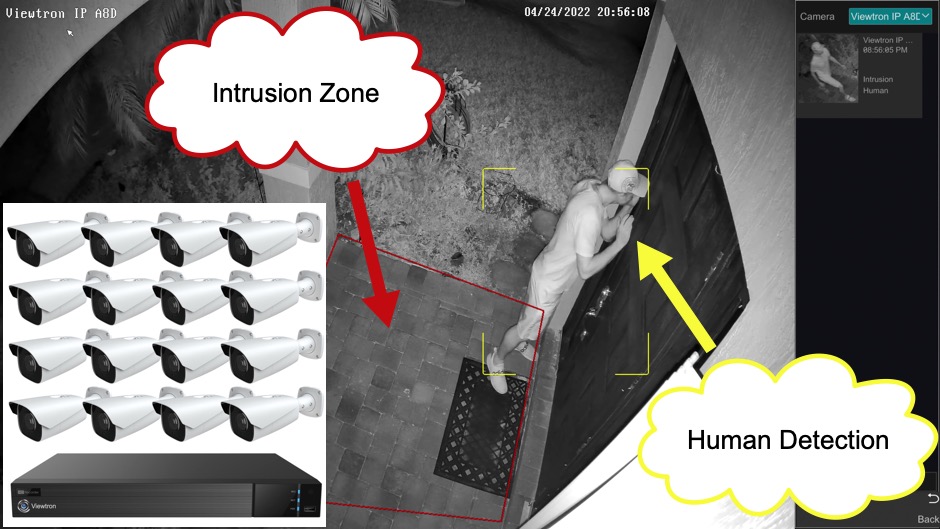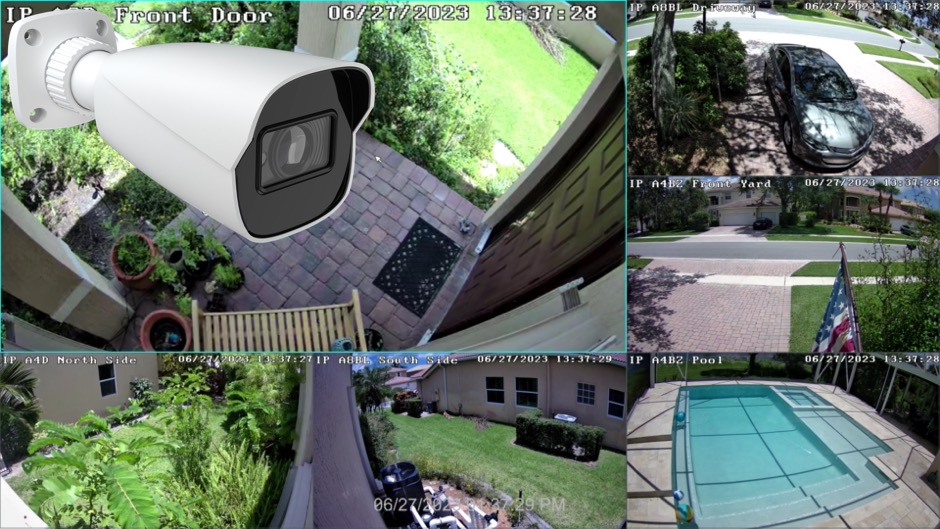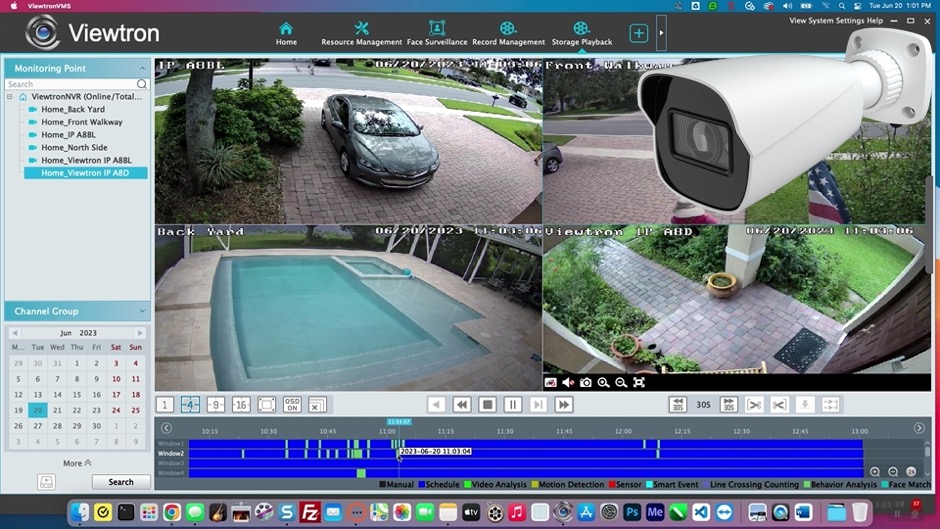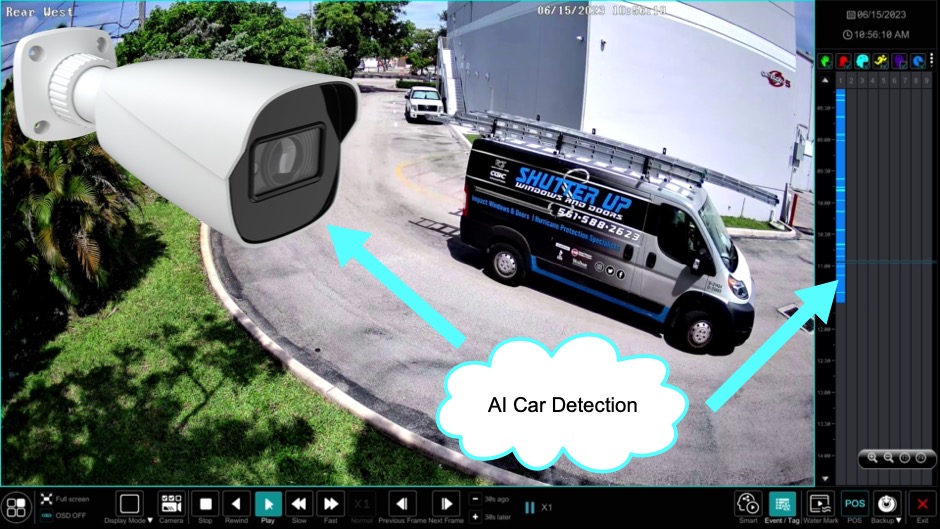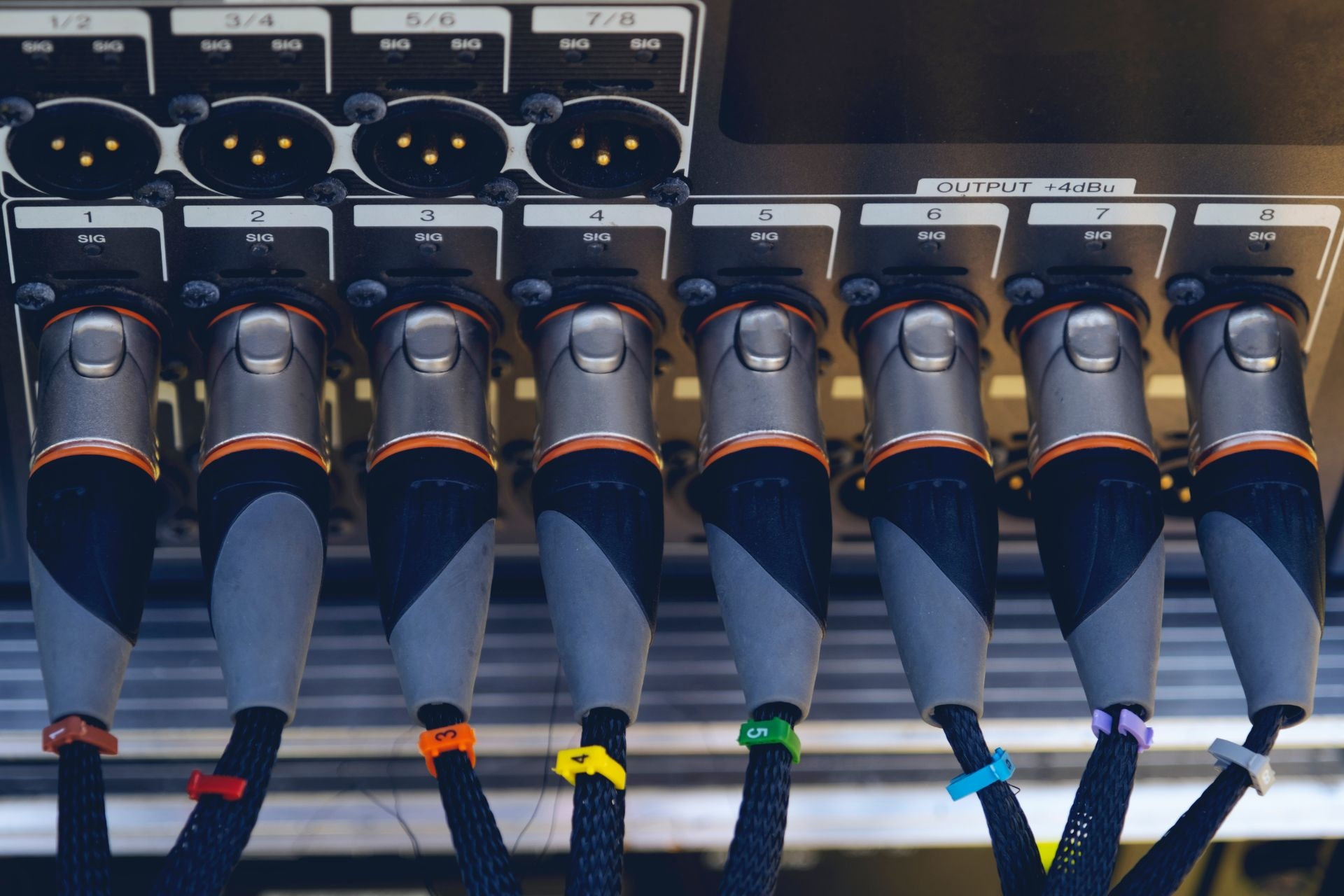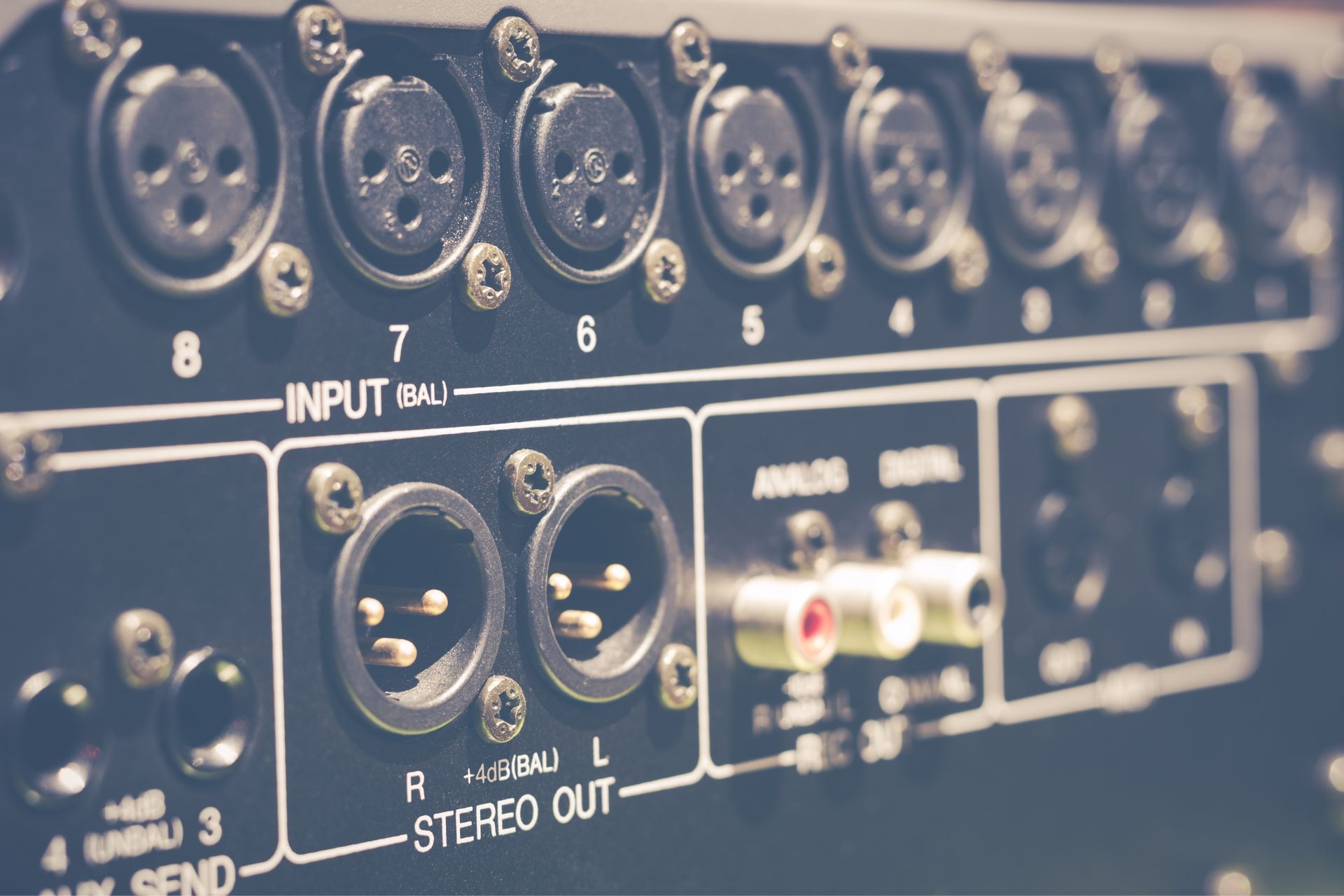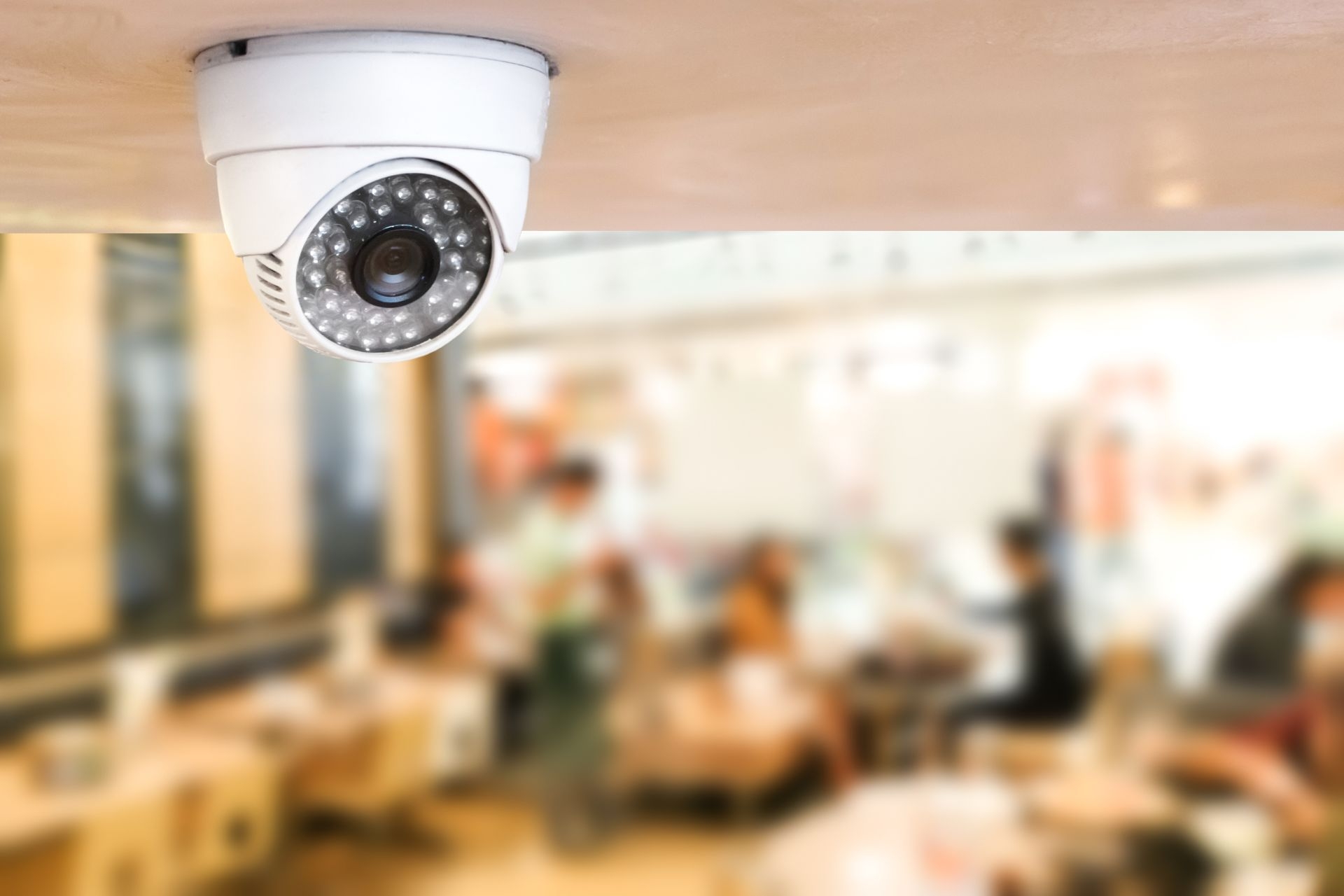Wide Dynamic Range (WDR) Technology
How does Wide Dynamic Range (WDR) technology improve image quality in high-contrast lighting conditions?
Wide Dynamic Range (WDR) technology enhances image quality in high-contrast lighting conditions by capturing a wider range of light levels within a single frame. This technology works by combining multiple exposures of the same scene to create a final image that retains detail in both the bright and dark areas. By adjusting the exposure for different parts of the image, WDR ensures that details are visible even in challenging lighting situations, resulting in clearer and more balanced images.
Outdoor Commercial Security Camera Installation Equipment and Strategies
Artificial Intelligence Integration
